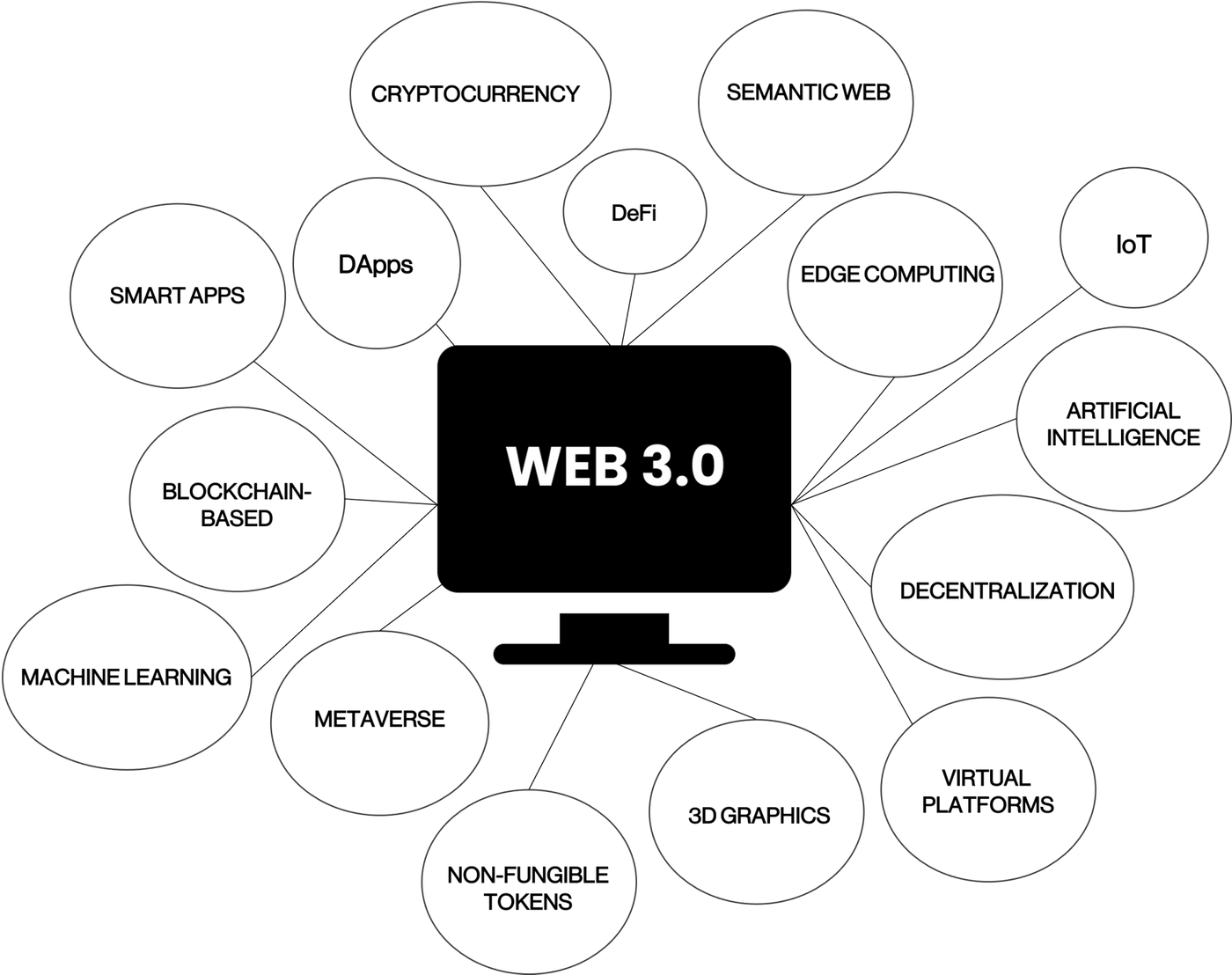Challenges in Expanding Web3 Adoption: Moving Beyond the Web2 Majority
Web3 technology is rapidly gaining popularity as a promising solution for decentralized, secure, and democratized digital interactions. However, despite its potential, the vast majority of internet users worldwide still rely on Web2 technologies. According to a recent report by Statista, as of January 2022, only around 3% of internet users worldwide were using Web3 technologies, while the remaining 97% were still using Web2 technologies. This article explores the challenges that the Web3 ecosystem faces in expanding its user base and provides strategies for increasing the adoption of Web3 technologies.
One of the primary challenges in expanding Web3 adoption is the difficulty in explaining the technology to the general public. Web3 technology is complex, and it can be difficult for non-technical users to understand its underlying principles and benefits. The industry needs to develop better educational resources that simplify the technology and make it more accessible to a broader audience.

Another challenge is the lack of user-friendly tools and platforms that make it easy for users to access and interact with Web3 applications. Many of the current tools and platforms are difficult to use and require a significant level of technical expertise, making it challenging for non-technical users to engage with the technology. To overcome this challenge, developers need to focus on creating more user-friendly and intuitive tools and platforms that simplify the user experience.
Security is another significant challenge in expanding Web3 adoption. Web3 requires users to manage their private keys, which can be a challenging task for those who are not familiar with the concept. Moreover, the decentralized nature of Web3 introduces new security risks that users may not be familiar with. To overcome these challenges, the industry needs to develop better security standards and protocols, and to educate users on how to manage their private keys and protect their digital assets.

Web3 DApps are still in their early stages of development and have limitations compared to traditional mobile apps. For instance, simple features like offline push notifications, which are common in mobile apps, can be challenging to implement in Web3 DApps. The limited use cases for Web3 can be attributed to these limitations. To increase the adoption of Web3, developers need to overcome these limitations and focus on creating more user-friendly and feature-rich DApps that showcase the advantages of Web3 and its potential for transforming various industries.

In conclusion, the Web3 ecosystem faces several challenges in expanding its adoption, including the difficulty in explaining the technology, the lack of user-friendly tools and platforms, security concerns, and limited use cases. To overcome these challenges, the industry needs to develop better educational resources, focus on creating more user-friendly tools and platforms, establish better security standards and protocols, and develop compelling use cases that demonstrate the potential of Web3 for transforming various industries. By addressing these challenges, the Web3 ecosystem can become more accessible and widely adopted, creating a more decentralized, secure, and democratized internet for everyone.
Like my work? Don't forget to support and clap, let me know that you are with me on the road of creation. Keep this enthusiasm together!